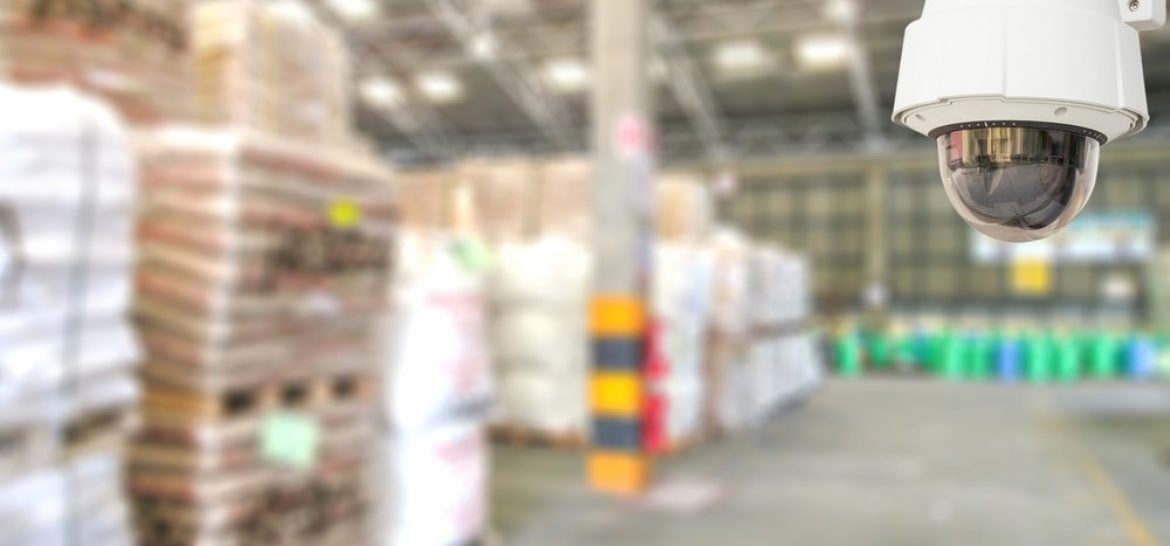Prevent incidents, monitor sensitive access or even deter burglars, there are many good reasons to secure your premises.
New technologies have revolutionized the business surveillance industry and today's systems running over IP are the most advantageous today.
But before investing in a device, learn about the different professional surveillance systems to find the one that would be the best fit for your business.
Difference between remote monitoring and video surveillance
Remote monitoring is a security service based on a detection system coupled with an alarm. This system is linked to a company specializing in surveillance which processes alerts. Therefore, the remote monitoring is not necessarily linked to a video camera on site.
This device works thanks to detectors (infrared, opening or movement). As soon as an intrusion or any other incident is detected, a series of photos is taken automatically by the photo sensors and immediately transmitted to the monitoring center. The operator will then check the images and call the customer, this is the “removal of doubt”. If the break-in is proven, the operator will then contact the police.
In London, there are around 500,000 remote monitoring installations.
Video surveillance (also called video protection) is a device equipped with one or more cameras that film continuously or according to pre-programmed schedules. Installed at strategic locations on your premises, the filmed images can be viewed locally or remotely.
Video surveillance makes it possible to make remote video tours – in an off-center area for example, a solution that is much less expensive than a physical tour.
You now know the difference in remote monitoring and video surveillance. Be aware, however, that from an employee's point of view, remote monitoring where images are only recorded if there is intrusion detection is therefore more respectful of their privacy.
Why use surveillance in business?
Protect against damage.
Whether you are responsible for a business, offices, or a storage area, it is important to protect yourself against damage and theft, the damage of which can reach several thousand Pounds.
In addition to the alarm, tele or video protection systems are an effective deterrent against burglars, but also, in the particular case of internal theft, to detect dishonest behavior within the company itself.
In commerce, video surveillance is useful for keeping an eye on sensitive areas such as reserves and cash registers, but also for detecting any disputes with your customers.
Even on the go, IP technology allows you to monitor your business from your smartphone.
Evidence in the event of a dispute
If the responsibility of your company or one of your employees must be engaged in the event of a dispute, the video surveillance system makes it possible to store the data and print the images for use in any proceedings.
A financially interesting device
With the democratization of video surveillance, technologies evolve rapidly and the prices of devices are more and more affordable.
Today, you can secure your establishment without spending a fortune, while still benefiting from a sustainable and efficient system.
In addition, be aware that establishments with a monitoring system benefit from a lower insurance premium.
The stages of installation
Define your needs
First and foremost, it's important to define your business's security needs in order to choose the right device.
For example, you can call on a video protection expert who will help you define the areas to be monitored, the positioning and type of cameras, as well as the architecture of the surveillance network (closed or open circuit).
Choose your surveillance system
To have an effective surveillance system, you will need at least one or more detectors with alarm. Choose the type of release according to your needs (movement, opening, etc.). Add to the device a recorder, one or more cameras (wireless, IP or wired), a monitor to be able to view the images, etc… Do not hesitate to ask your expert for advice.
Commissioning
The installation steps are as follows:
- assembly of the various elements of the device together,
- mounting cameras at selected locations,
- connection of cameras to the recorder,
- viewing and checking on the monitor (screen, computer or smartphone).
To optimize your installation, call on a professional who masters the various technologies and who can take charge of the installation and maintenance of your security system.


